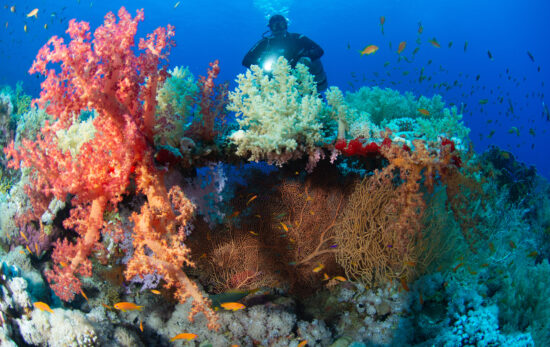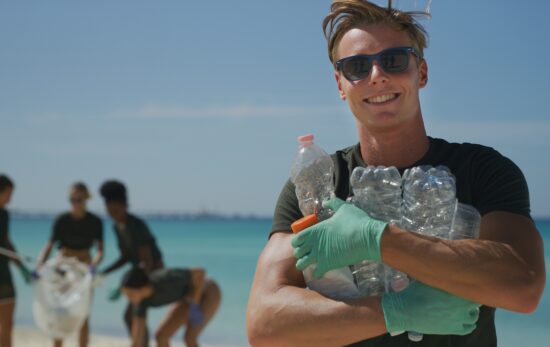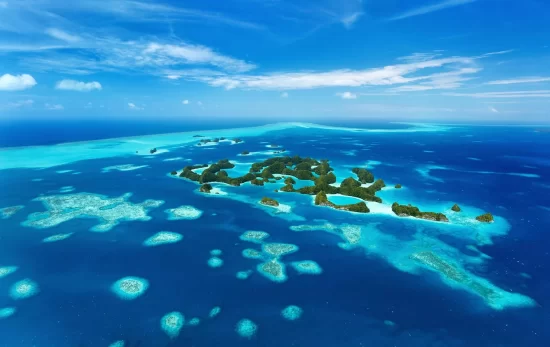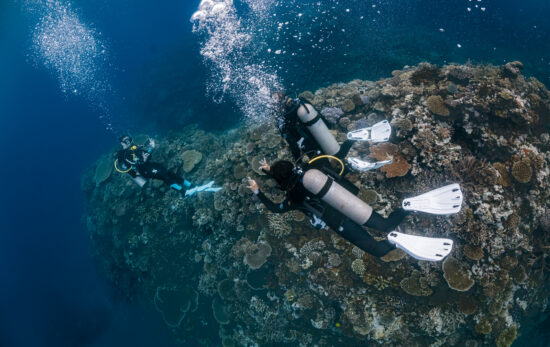Spend anytime on the front line of ocean conservation, and it can start to feel like a pretty depressing place. More often than not, the news and current marine conservation facts just aren’t good. Pollution, overfishing and rising temperatures are three examples of the multitude of serious issues our oceans are facing. On top of this, sobering predictions, such as that by the year 2050 there will be more plastic in the ocean than fish (by weight), only add to the seriousness of what may be to come.
But it’s not all doom and gloom. Through the darkness, there are rays of light shining through. From newly implemented marine protected areas and international legislature to physical evidence which shows that some of the damage can still be undone, there is plenty of room for optimism. As Sir David Attenborough so eloquently puts it, “The ocean’s power of regeneration is remarkable – if we just offer it the chance.”
To give you hope for the future of the ocean, we’ve selected seven of our favorite positive marine conservation facts and news. And while there’s still a long way still to go, these pieces of hope should be more than enough to motivate you, and the thousands of other ocean torchbearers, to keep fighting the good fight.
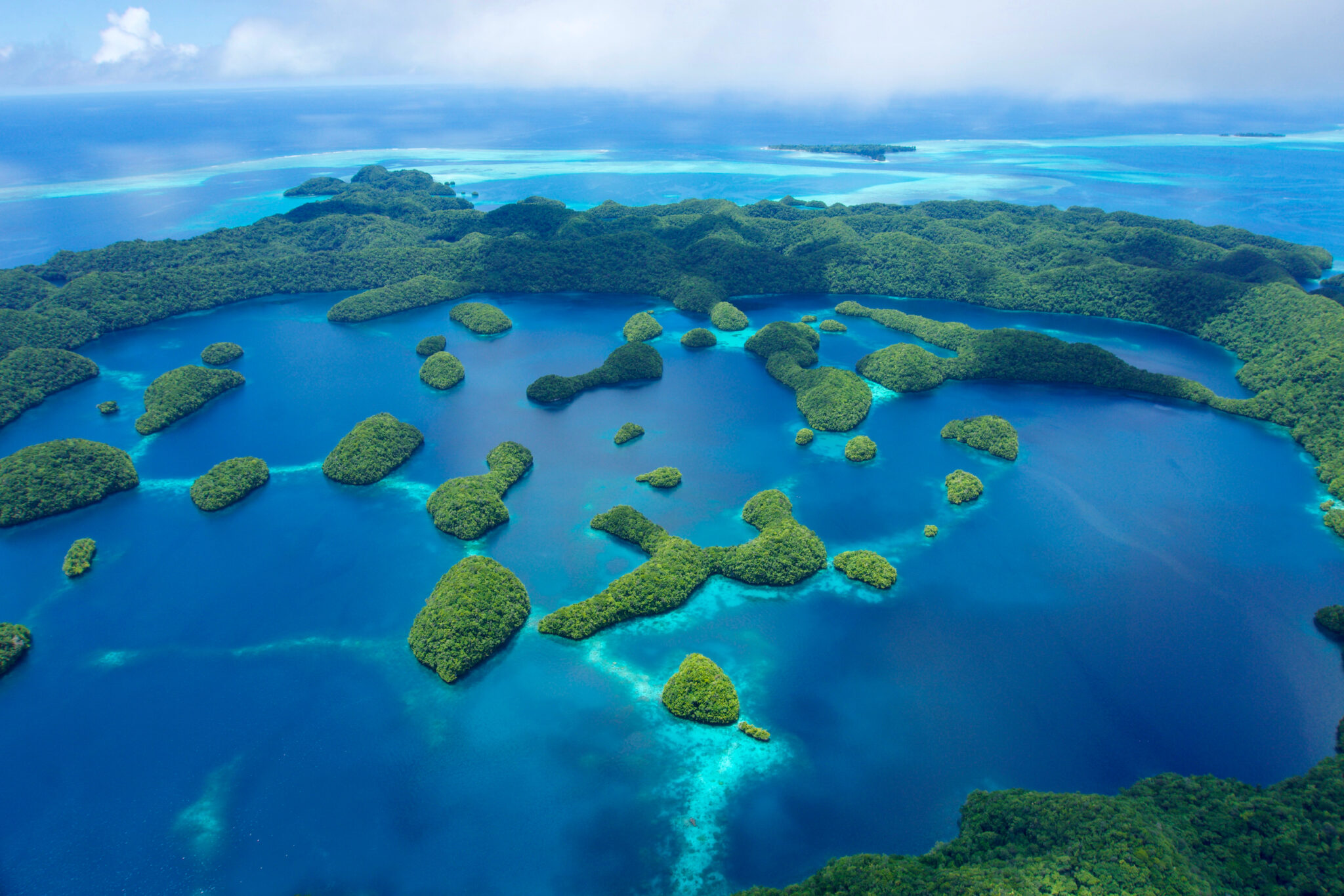
1. Marine Protected Areas Currently Cover More Than 8% of the Ocean
Recent years have seen more and more of the ocean falling under the classification of marine protected areas (MPAs). As of 2022, there are over 18,000 MPAs, covering more than 29,500,000km2. These areas are key in preventing detrimental actions, ranging from fishing to petroleum drilling. MPAs are also key in protecting existing marine environments and populations, in addition to reestablishing depleted fish populations.
Percentage-wise, the Pacific island nation of Palau leads the way, with more than 75% of their water classified as a highly-protected MPA.
And, PADI AWARE is doing its part to aid in the creation of even more MPAs. The Adopt the Blue program provides multiple pathways for PADI operators, professionals, divers and other ocean enthusiasts to get actively involved in collecting data and reporting local concerns in an international database which feeds larger studies and reports. These are then used to lobby governments (locally, nationally and globally) to create coastal and offshore protected areas. The PADI AWARE Foundation just celebrated the 1,000th adopted dive site.
Yet, work still needs to be done, and our hope is to protect 30% of the ocean by 2030.
2. The UN Has Agreed to Protect International Waters
In March 2023, a historic treaty to protect international waters was agreed by the member countries of the United Nations. International waters, or the High Seas as they are also known, are classed as any water which lies outside national boundaries – approximately two-thirds of the world’s oceans. Previous to the UN High Seas Treaty, only an estimated 1% of international waters was under any kind of protection. This meant the remaining high seas were open to fishing, shipping and research with limited regulation.
The High Seas Treaty will look to establish key marine protected areas within the high seas, resulting in limits to human activity, prohibition of certain activities and protection of specific marine life.

3. PADI’s Dive Against Debris Program Has Removed More Than Two Million Pieces of Debris From the Oceans
This is one of our favorite marine conservation facts. Since its inception in 2011, PADI’s Dive Against Debris program has removed more than 2,000,000 pieces of trash from the ocean, including plastic, glass and metal. In this time, 90,000 PADI Torchbearers across six continents have volunteered for the conservation project, helping to conduct over 18,000 individual surveys.
Get involved and learn more by signing up for the Dive Against Debris Diver Specialty course.
4. More Than 190 Countries Have Signed Up to Protect 30% By the Year 2030
In December 2022, the COP15 (Convention on Biological Diversity) resulted in more than 190 countries formally agreeing to protect 30% of all land and ocean by the year 2030. This historic agreement aims to protect vital ecosystems, reduce the risk of extinction, prioritize “sustainable use” of biodiversity and ensure resources and funding can be found where they are most needed.
The ’30×30’ agreement is arguably the largest conservation commitment ever to protect both land and sea.
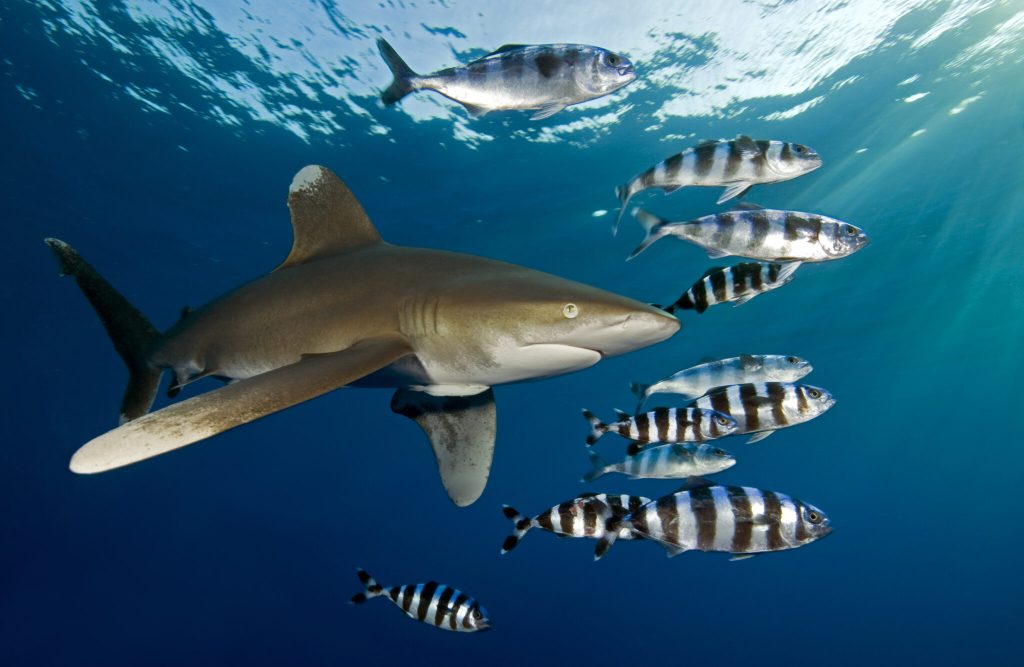
5. Humpback Whales Are No Longer Endangered
During the twentieth century, humpback whales (and numerous other whale species) were killed with a reckless level of efficiency. In the following years, after the resulting devastation to whale populations was eventually realized, several commercial whaling bans were introduced in an attempt to give whale populations the best chance to bounce back. Thankfully, after reaching an estimated all-time low of 5,000 individuals, the humpback whale population has bounced back. Modern estimates put the population at around 135,000 individuals worldwide. This rebound serves as evidence that given the chance, it is possible for some species to recover.
In 2022, the humpback whale was removed from the endangered species list as their numbers have stabilized.
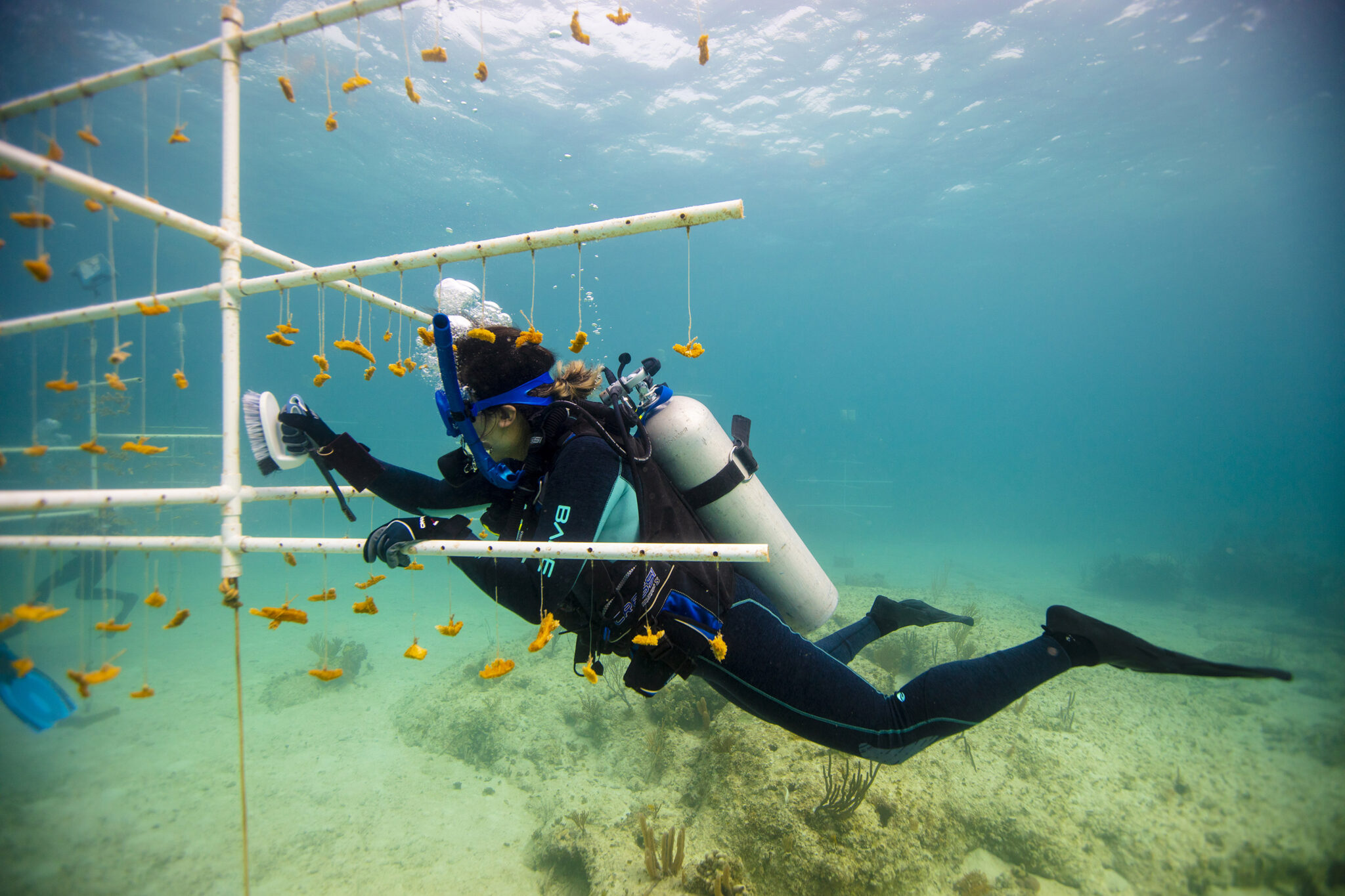
6. It is Possible to Restore and Regrow Coral Reefs
While every effort should be made to protect and prevent the loss of existing coral reefs, there is evidence to show that regrowing or restoring damaged coral is possible. Numerous projects, including I.CARE in the USA, Coral Gardeners in French Polynesia and Coral Vita in the Bahamas, are currently working on growing new coral, stabilizing and increasing existing populations and educating local communities about the importance of coral reefs.
If you’re interested in getting involved with coral reef restoration, PADI’s Coral Reef Conservation Specialty course is a great place to start.
7. More Sharks and Rays Are Protected Under CITES Than Ever Before
At the 19th CITES conference in Panama, parties involved (including both PADI and PADI AWARE who were present as the voice of the dive industry) increased the level of protection for internationally traded sharks and rays. This increase means the majority of species, around 90% compared to the previous 20% protected, are now under stricter regulations, including protection measures for sharks caught in commercial fisheries. All species of hammerhead and requiem sharks and guitarfish are now covered under CITES Appendix II – a level where trade must be controlled.
Feeling inspired to help protect the ocean? Sign up to become a PADI ocean torchbearer and start your journey. Alternatively, find a dive shop nearby and get involved with local conservation projects today.
